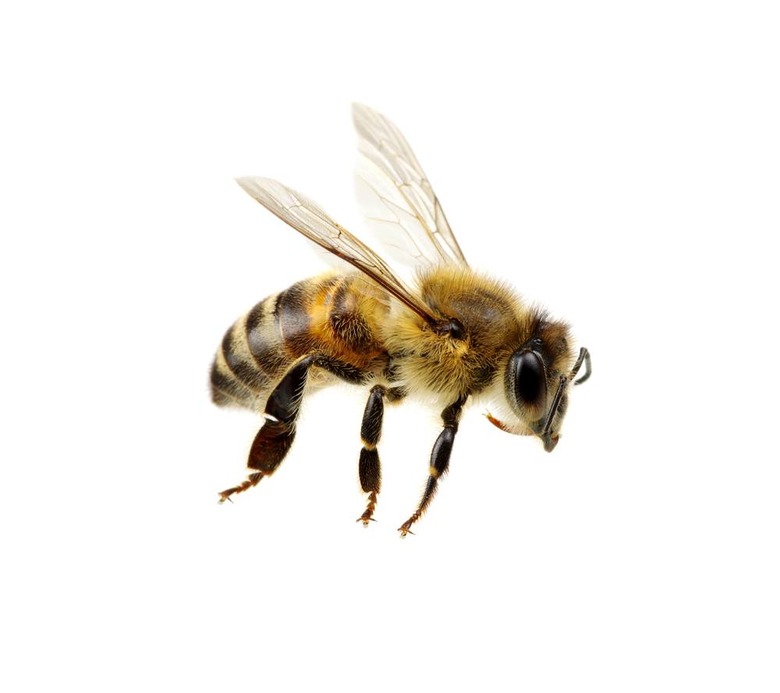Scientists Nationwide Are On High Alert For Parasite That Turns Honeybees Into 'Zombies'
The decline of honeybees already threatens to wipe out major agricultural sectors around the world, but in recent years, scientists have discovered yet another threat to the critical pollinators: A deadly parasite.
Honeybees across the country, which are essential to the production of more than 100 common crops including tomatoes, avocados, cherries, and watermelon, as well as the production of beef and dairy, are falling victim to a parasitic infection that manages to use the bees as hosts. Infection by the parasitic fly, Apocephalus borealis, makes the bees behave in a "zombielike" manner in the moments before death. The larvae eventually liquefy the bee's wing muscles and burst through its body.
ZomBee Watch, an online database used by scientists to track the parasite's reach across the country, has identified infected bees in New York, Vermont, California, Washington, and Oregon. The danger for bees is that, while an infestation alone may not destroy a colony, it could bring a vulnerable colony to collapse.
One factor that may put a colony at preliminary risk is the use of neonicotinoids, a common pesticide used in agriculture that is chemically similar to nicotine, and for which bees have been observed to develop dependence similar to a human's cigarette habit. Studies have shown that bees prefer the neonicotinoid-laced sugar solutions over plain sugar solutions, even though they were more likely to die.
